Optimal Seasons: Late Spring (May-June): Ideal hiking conditions with moderate temperatures, blooming wildflowers, and flowing water sources. Snow may still cap higher peaks, creating dramatic contrasts.
Early Summer (July-August): Warmest weather and most reliable conditions, but expect more crowds. Alpine vegetation at peak color, and all water sources typically flowing.
Early Autumn (September-October): Excellent hiking weather with fewer crowds. Fall colors create stunning photography opportunities, though water sources may be reduced.
Weather Patterns:
- Summer temperatures: 15-25°C at lake level, significantly cooler at night
- Afternoon thunderstorms common in summer months
- Snow possible year-round at higher elevations
- Strong winds frequent on exposed ridges
Seasonal Considerations:
- Winter (November-April): Not recommended for inexperienced hikers due to snow, ice, and severe weather conditions
- Spring transition (March-April): Unpredictable conditions with possible late-season storms
- Late autumn (November): Rapidly changing conditions and potential early snowfall



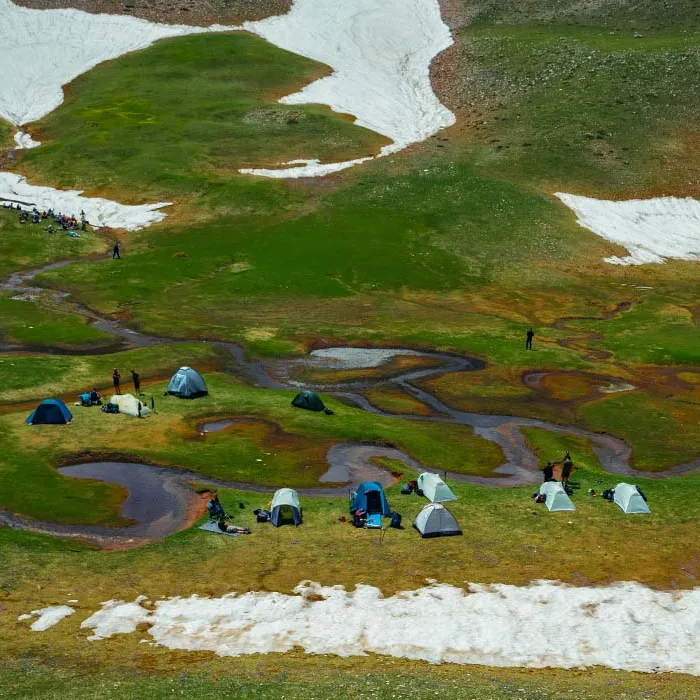
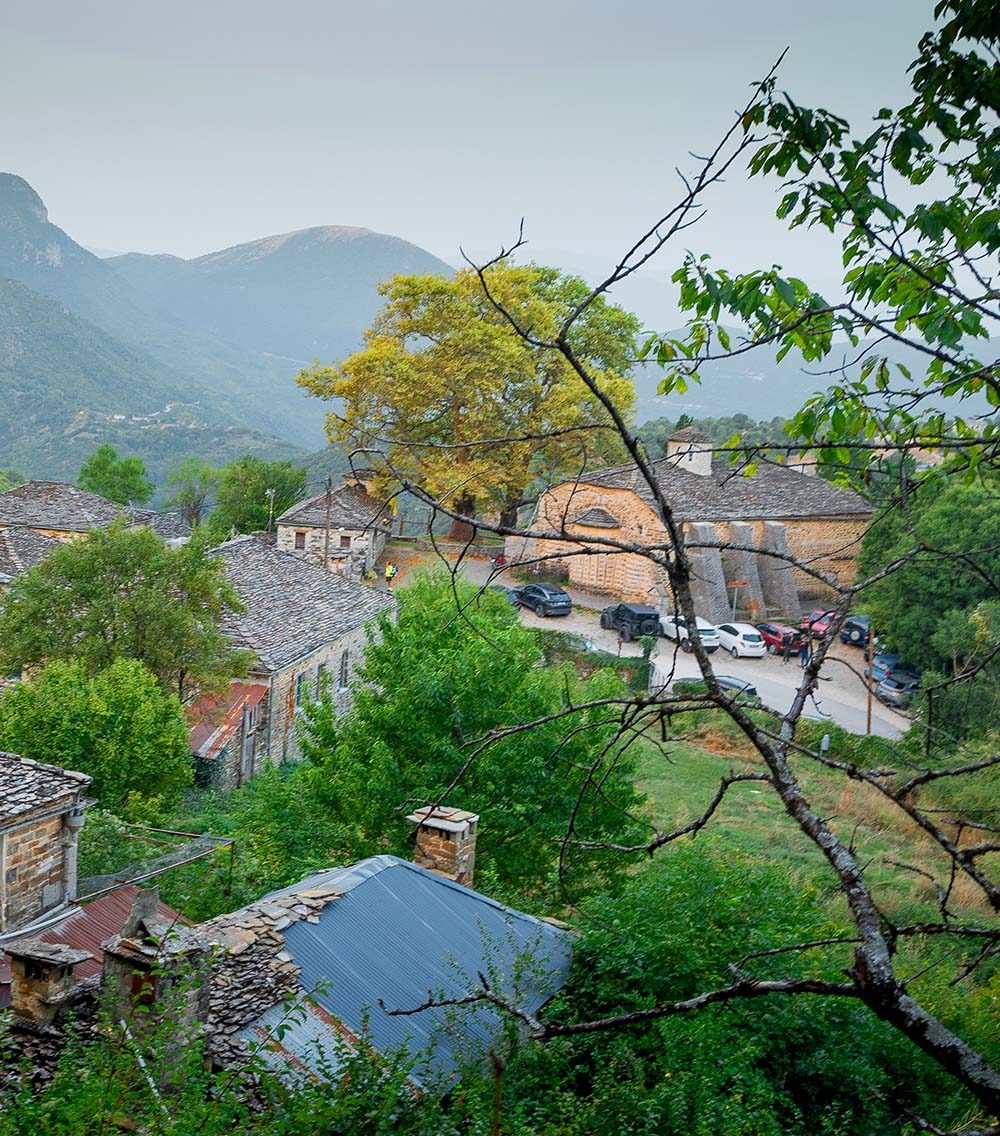
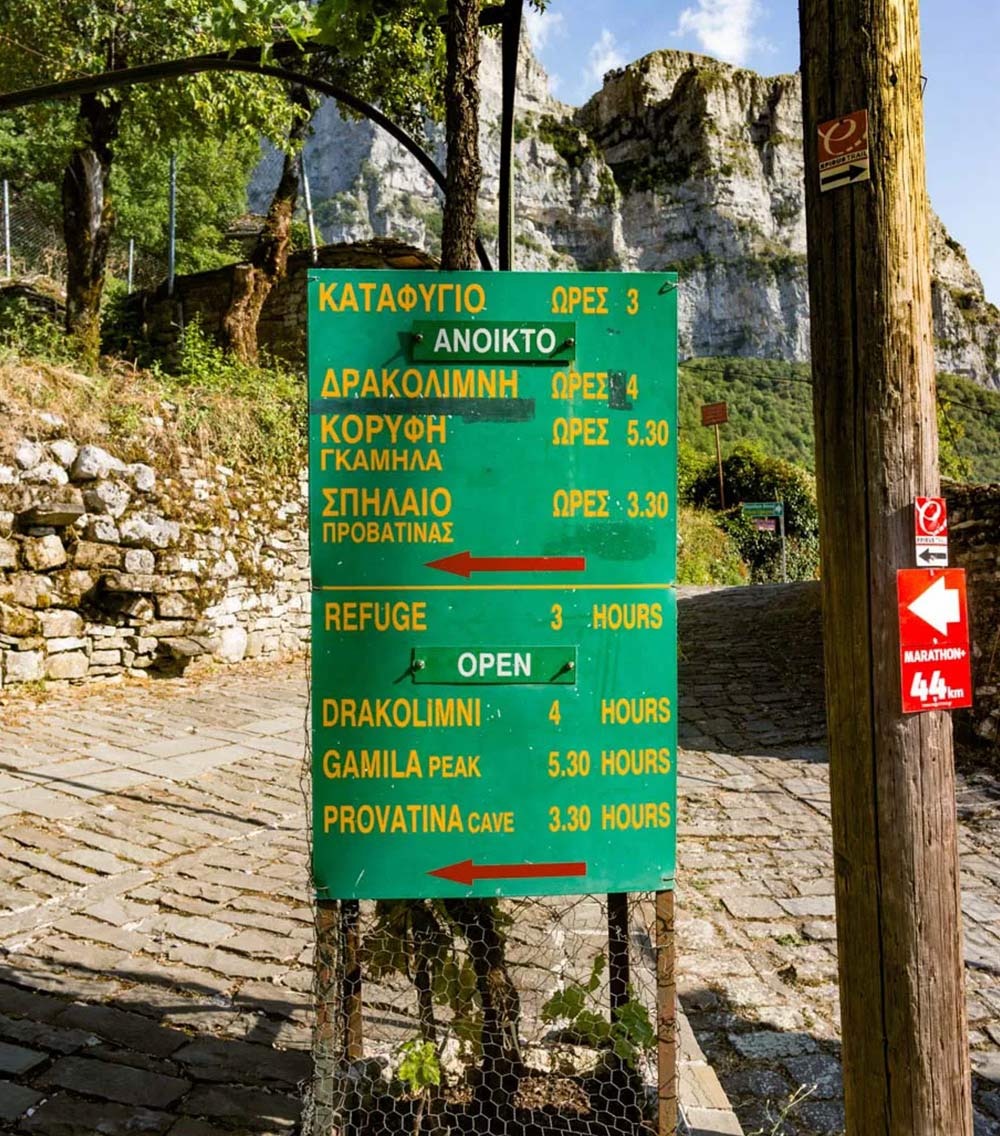
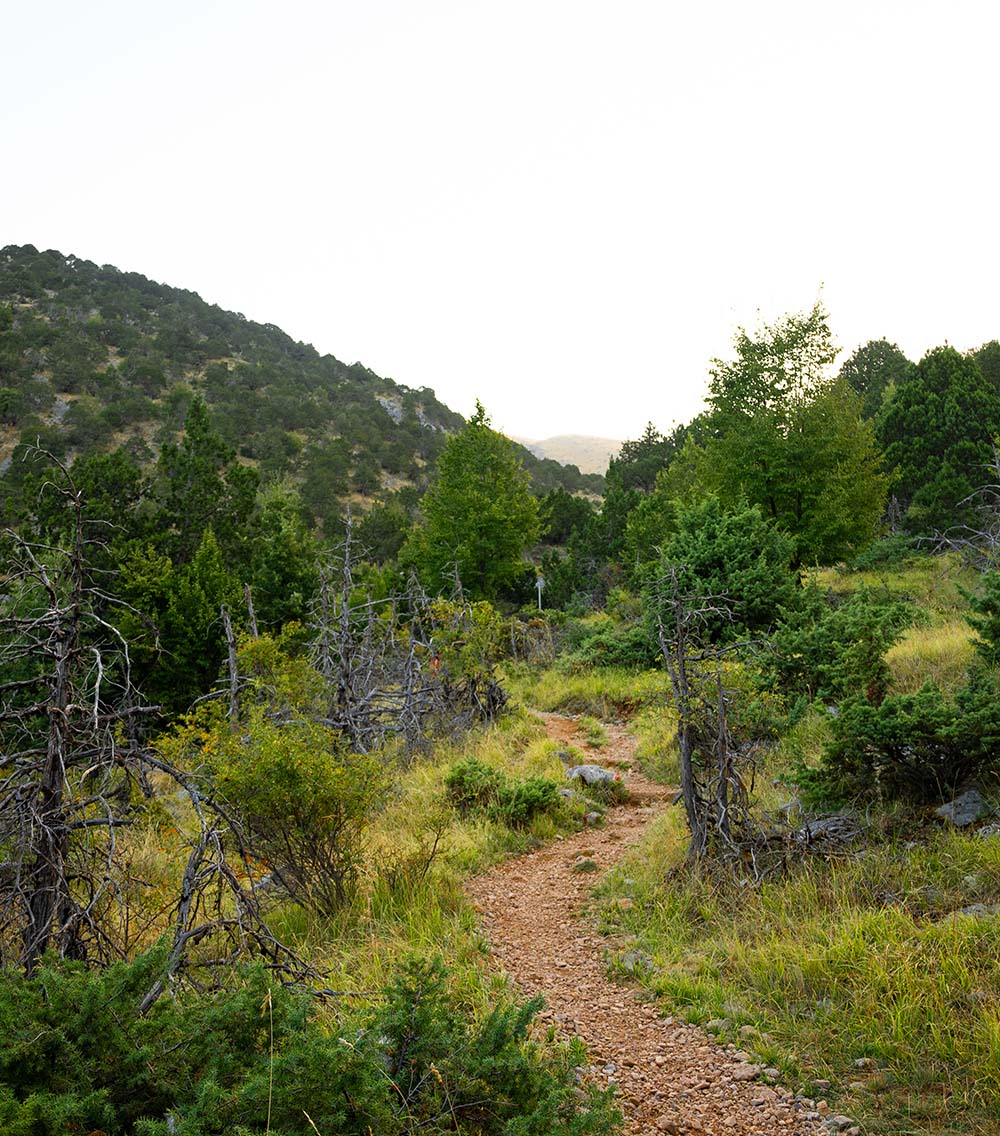
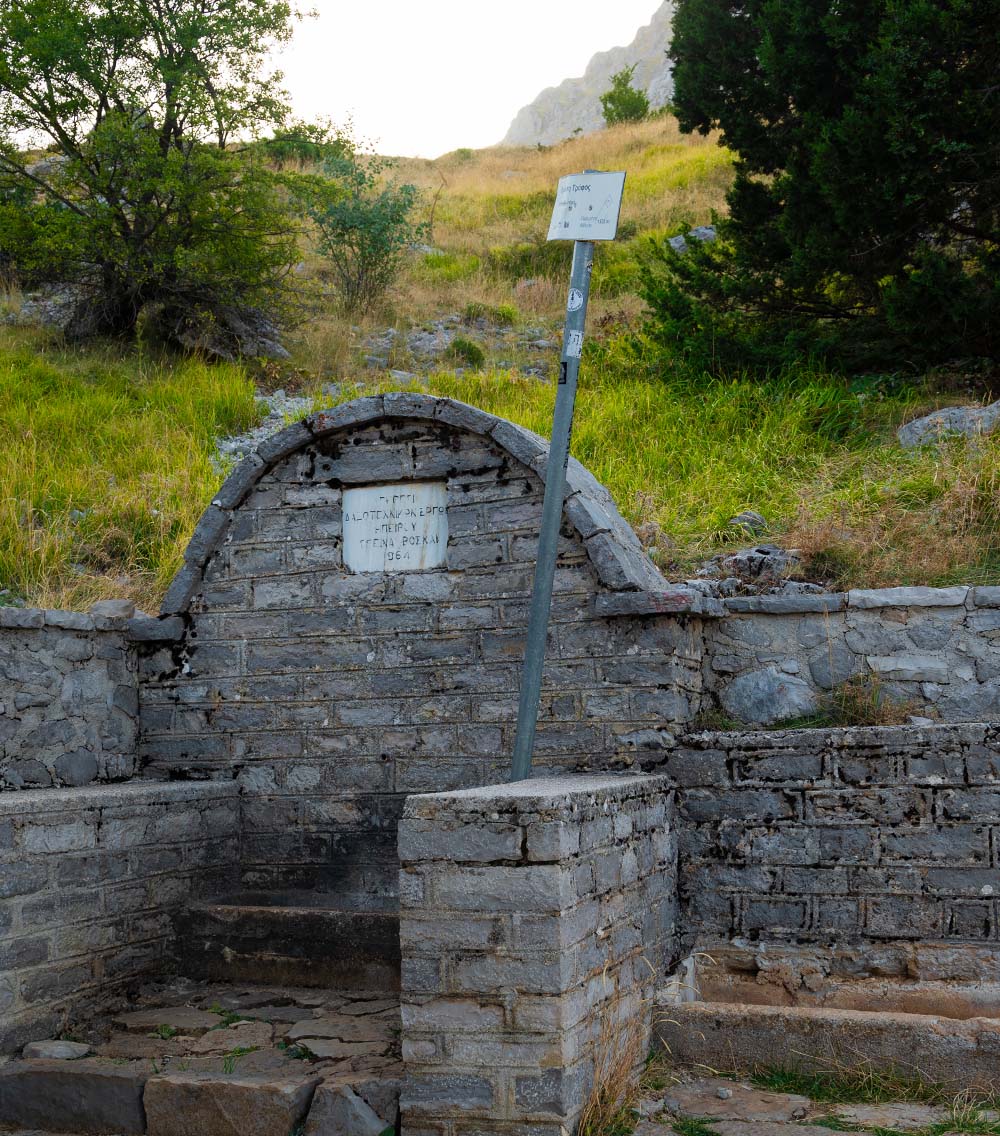
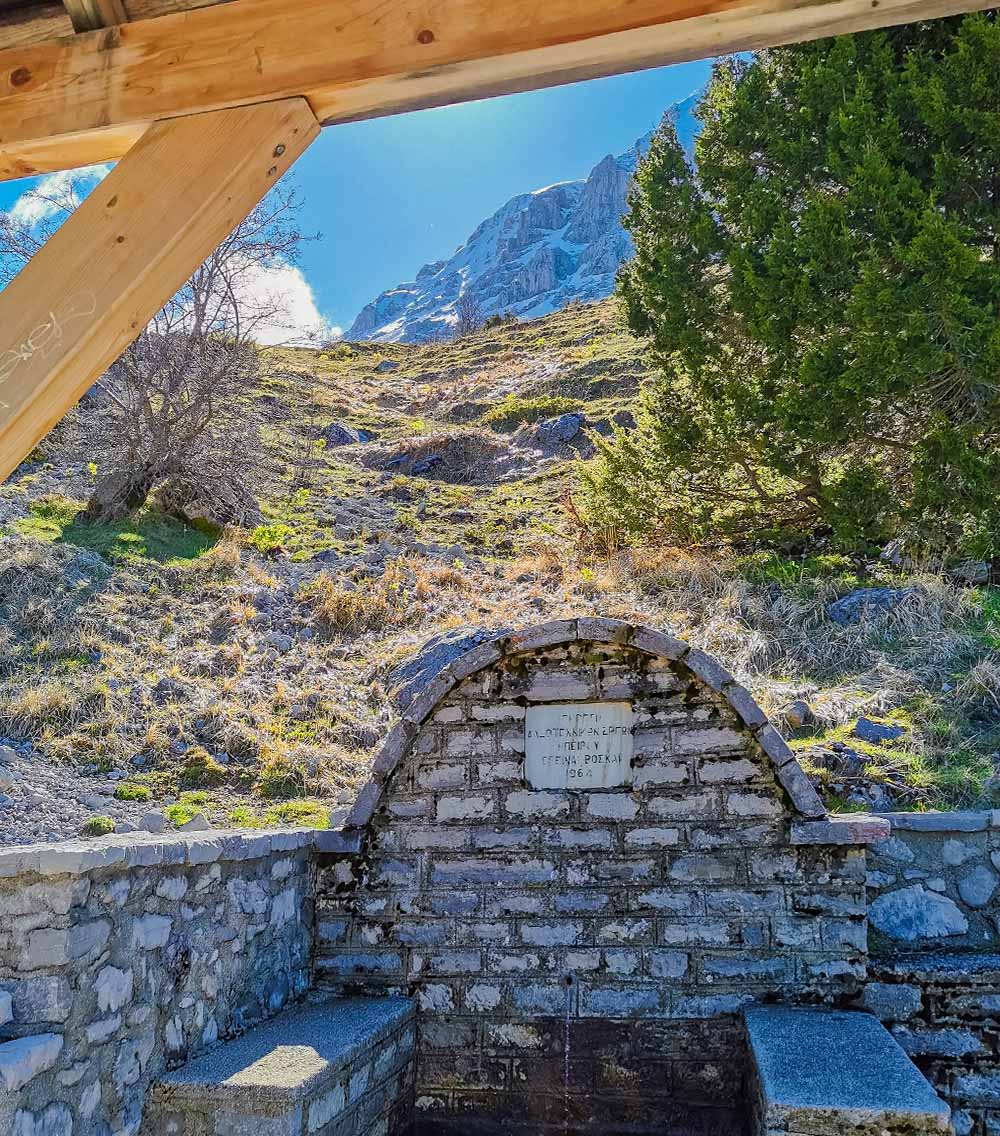
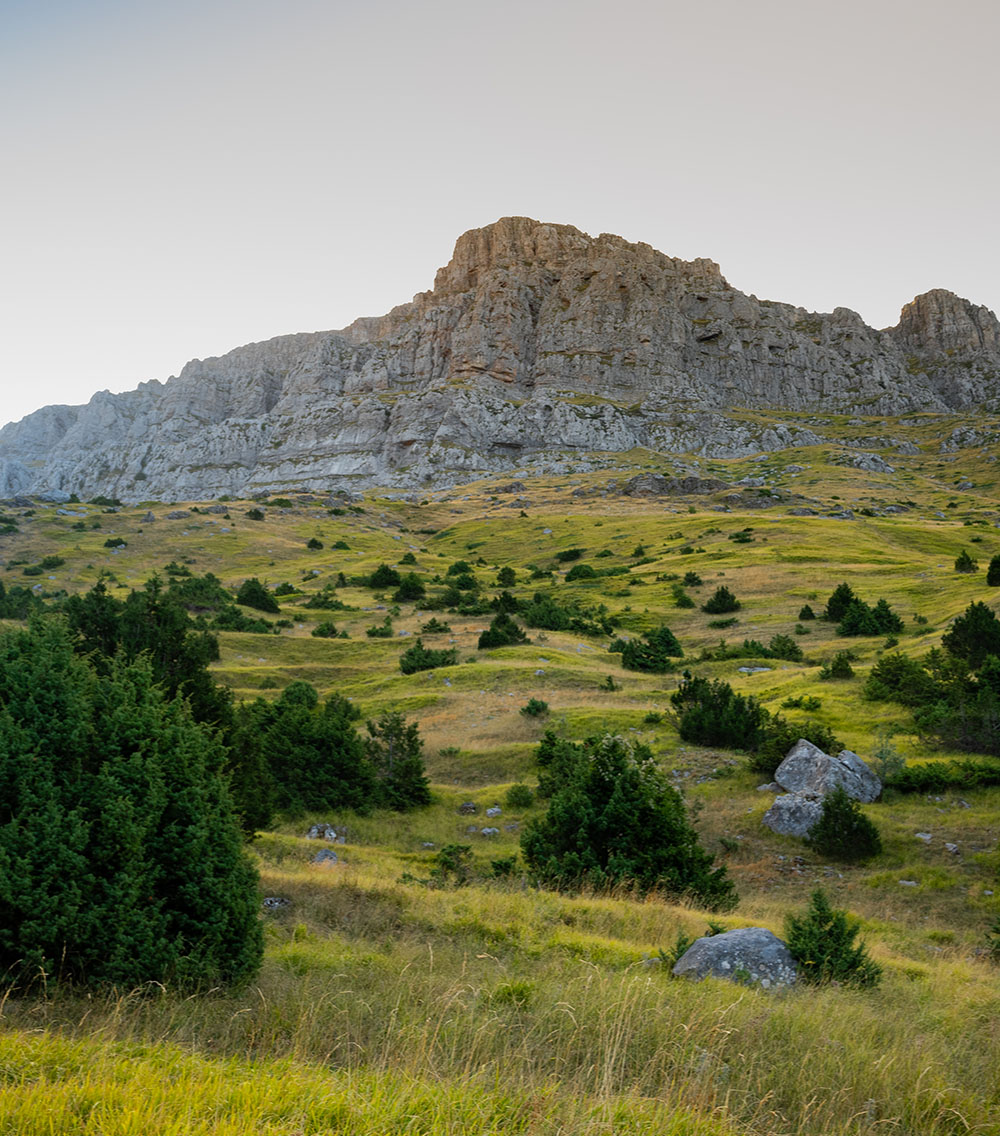
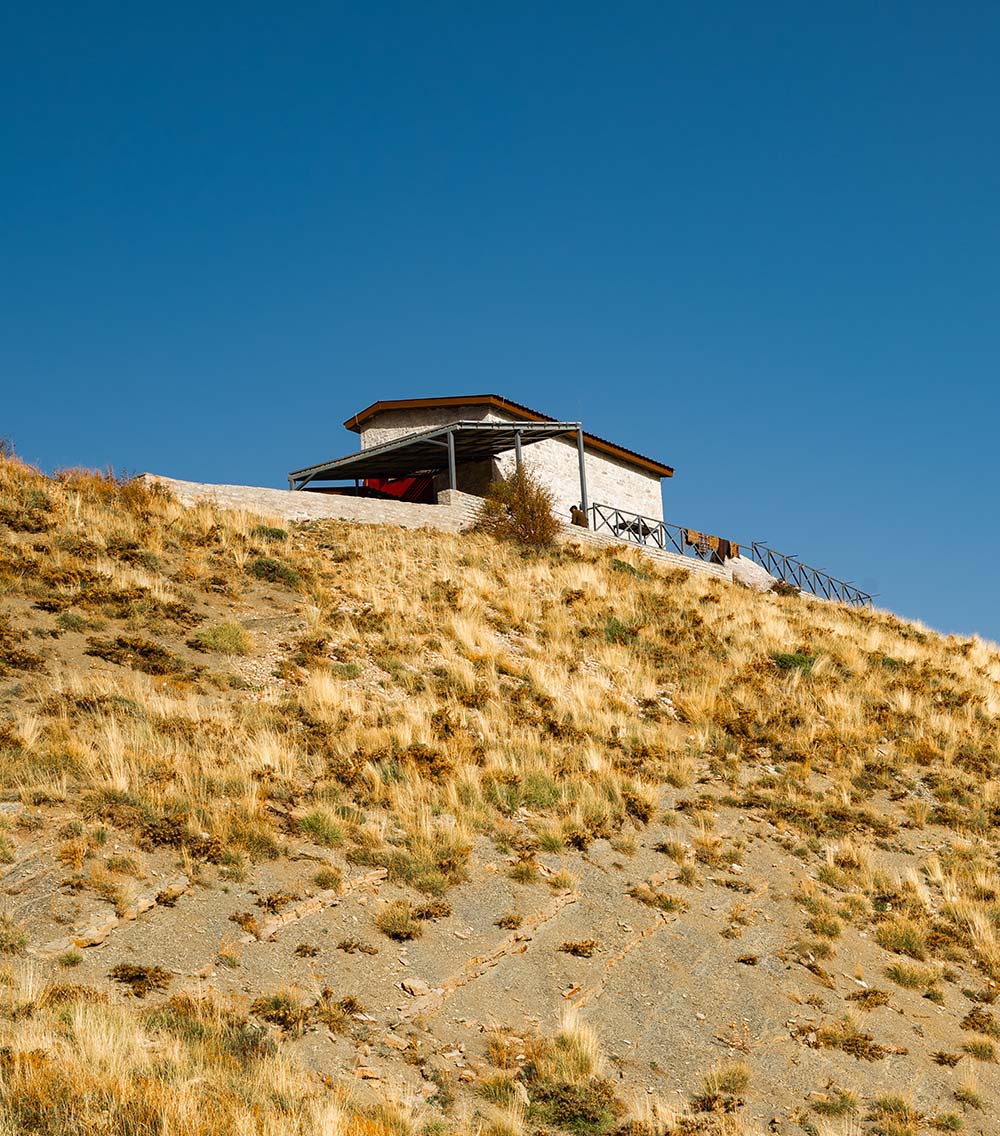
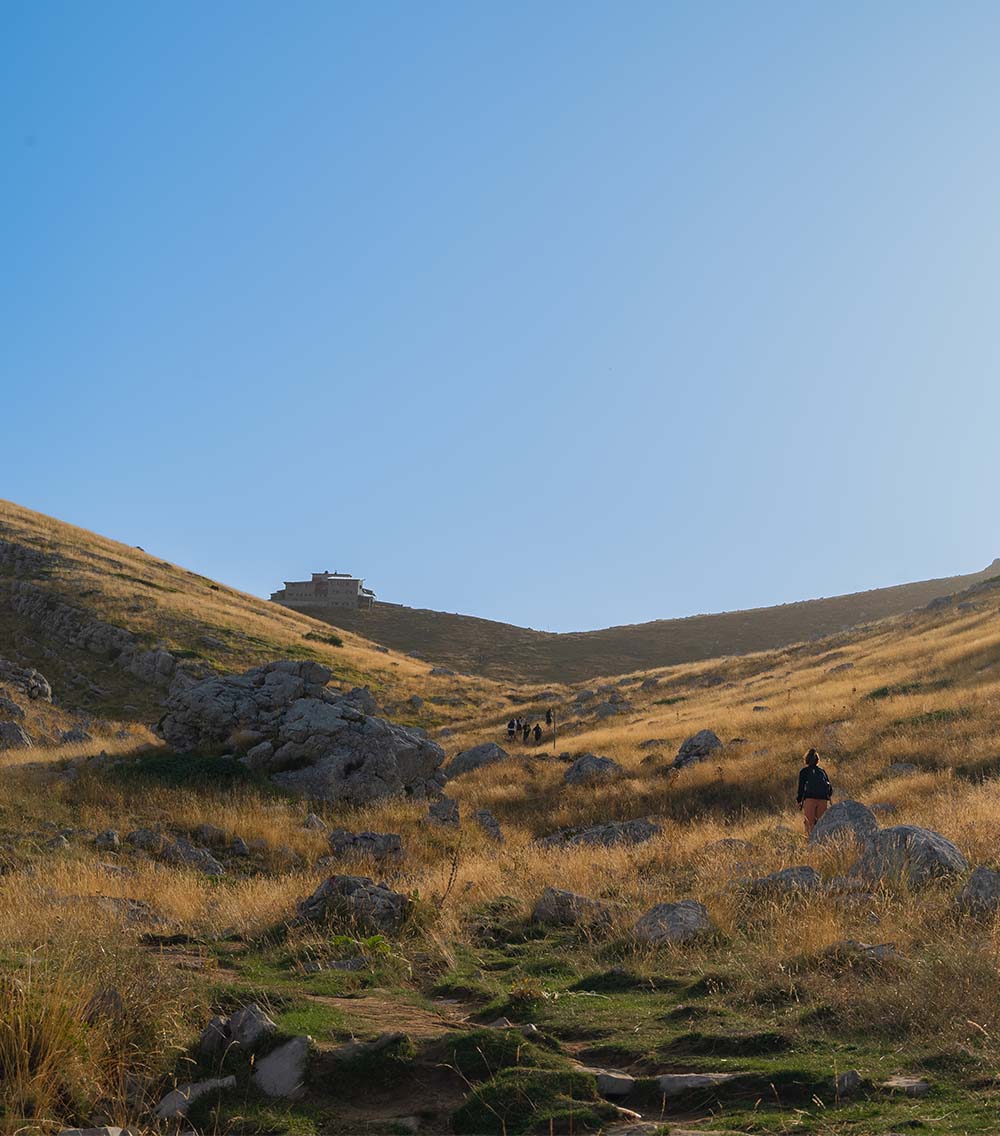
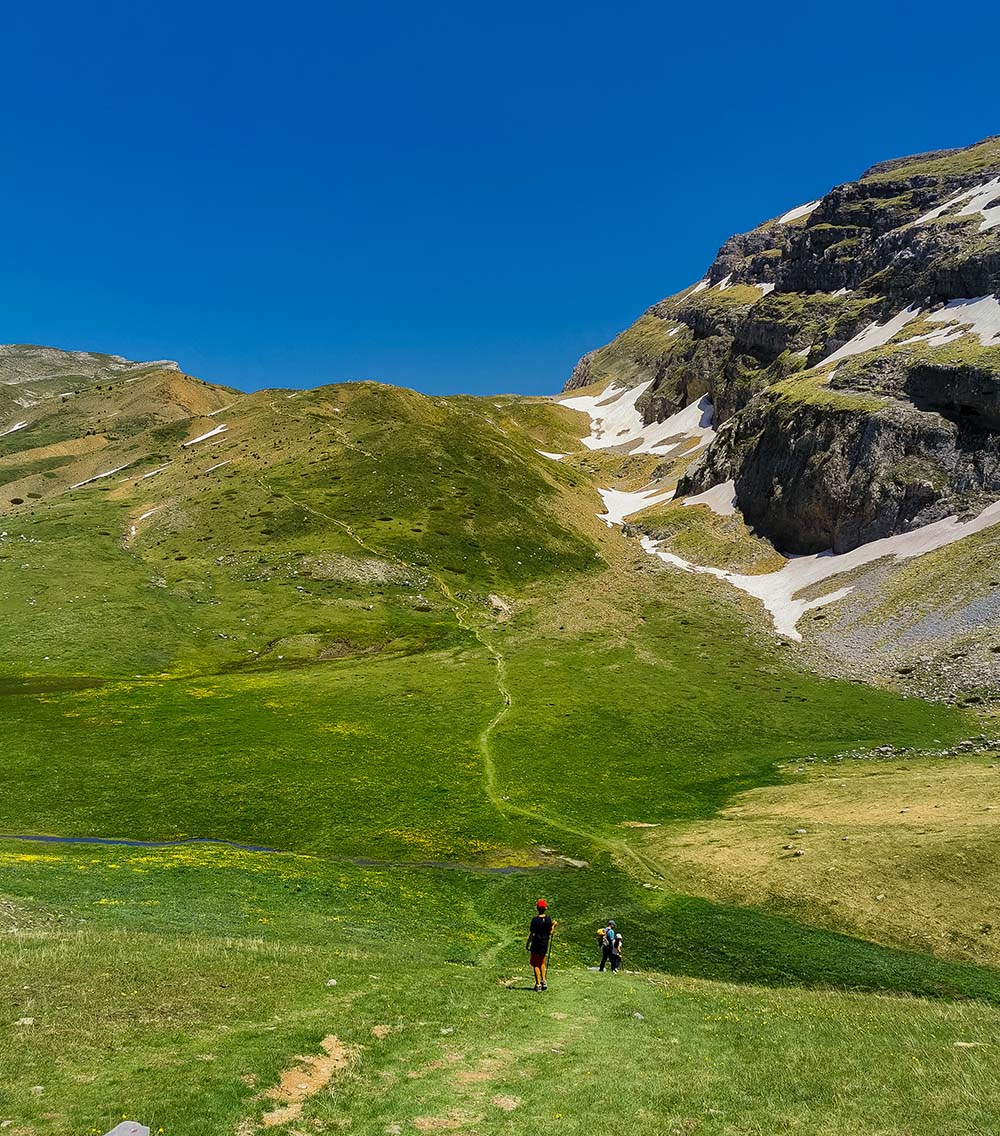
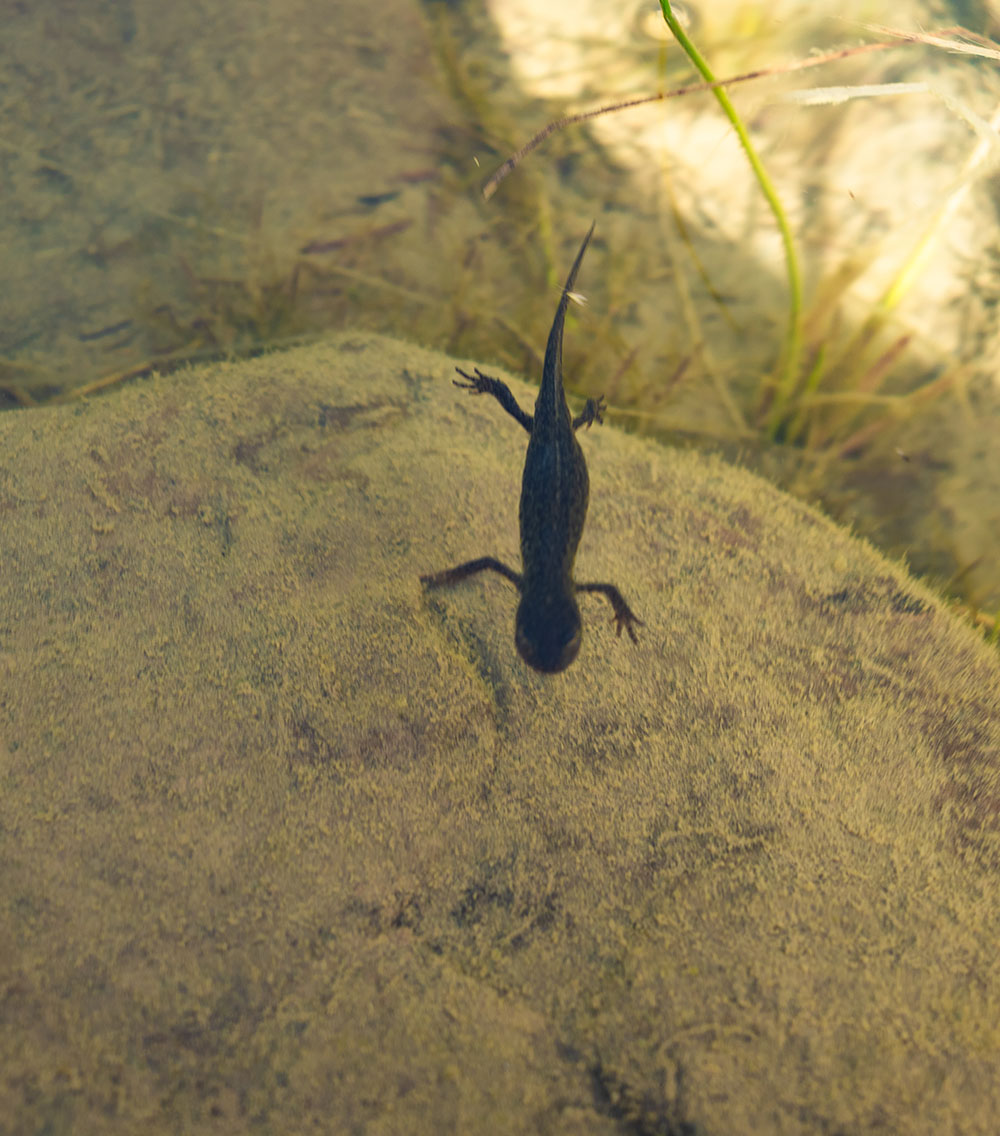

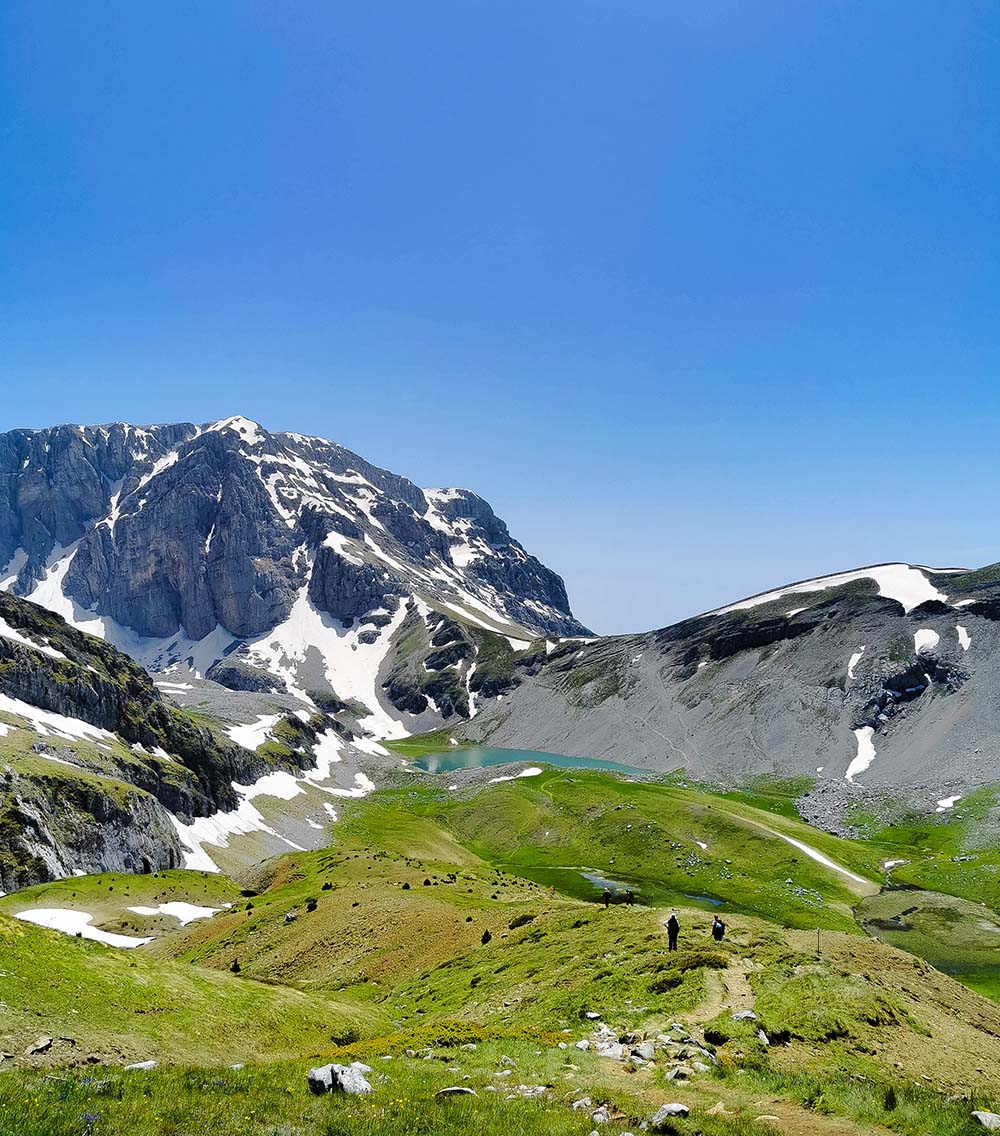


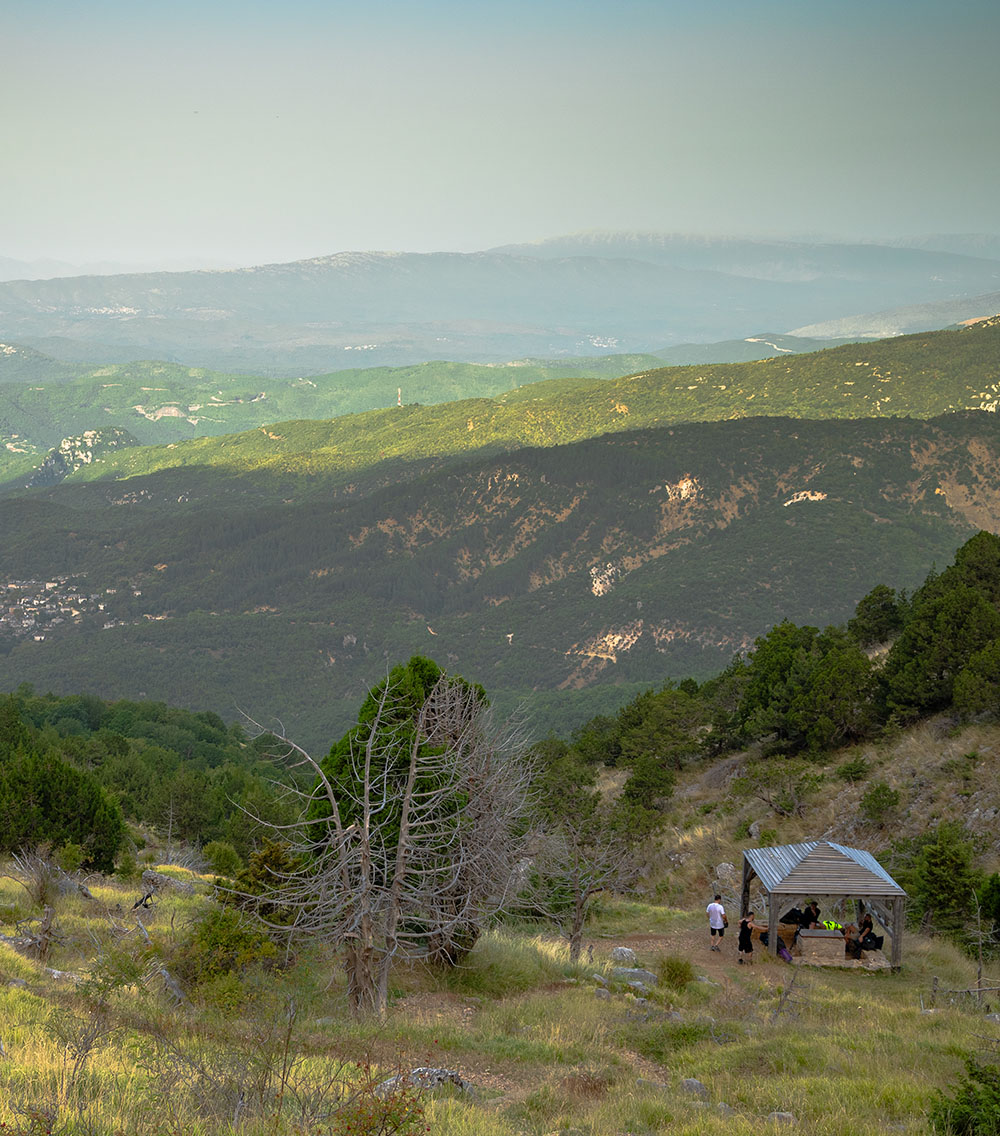
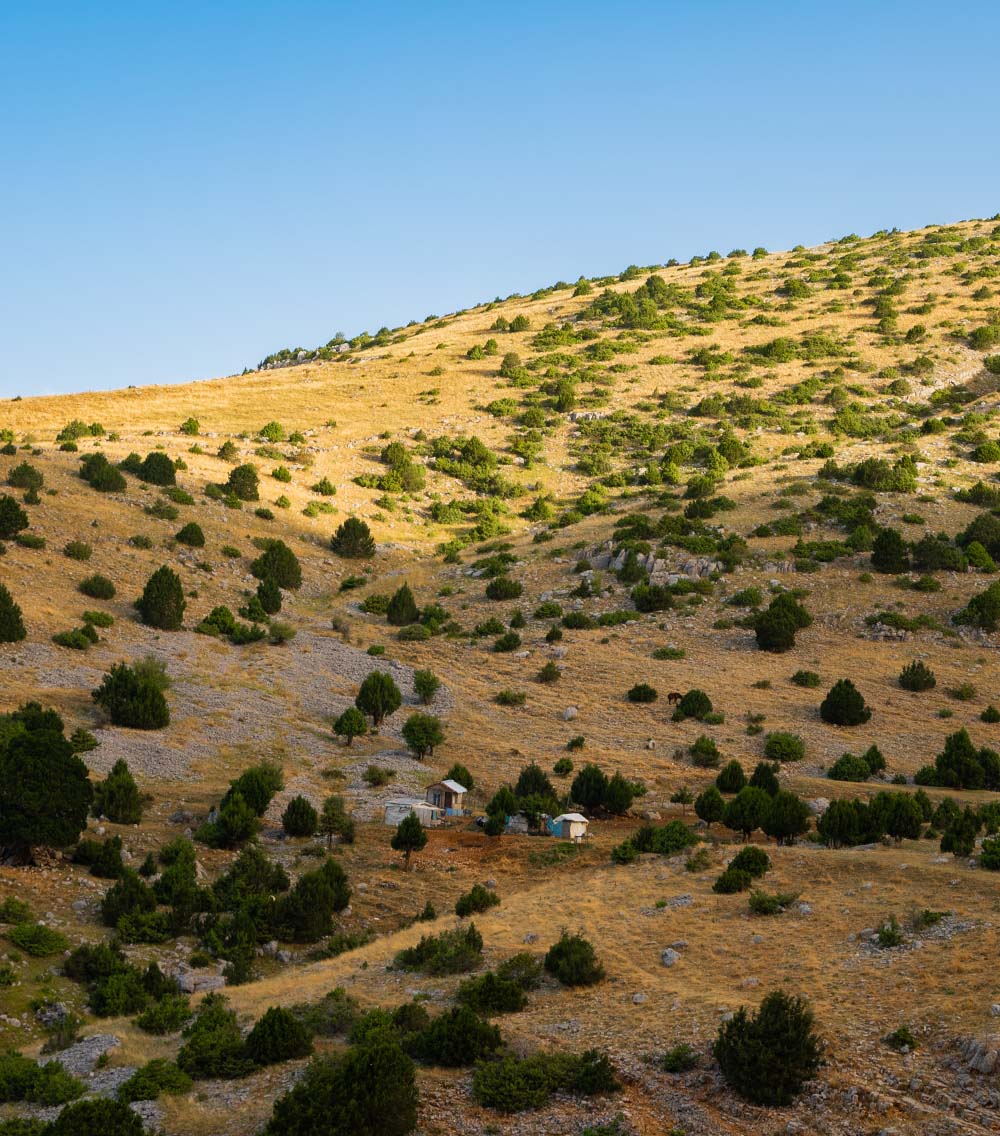
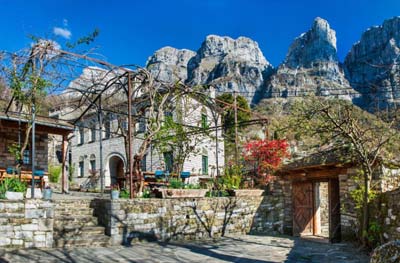
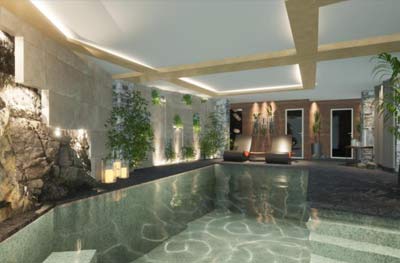
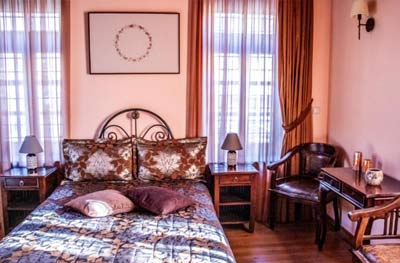

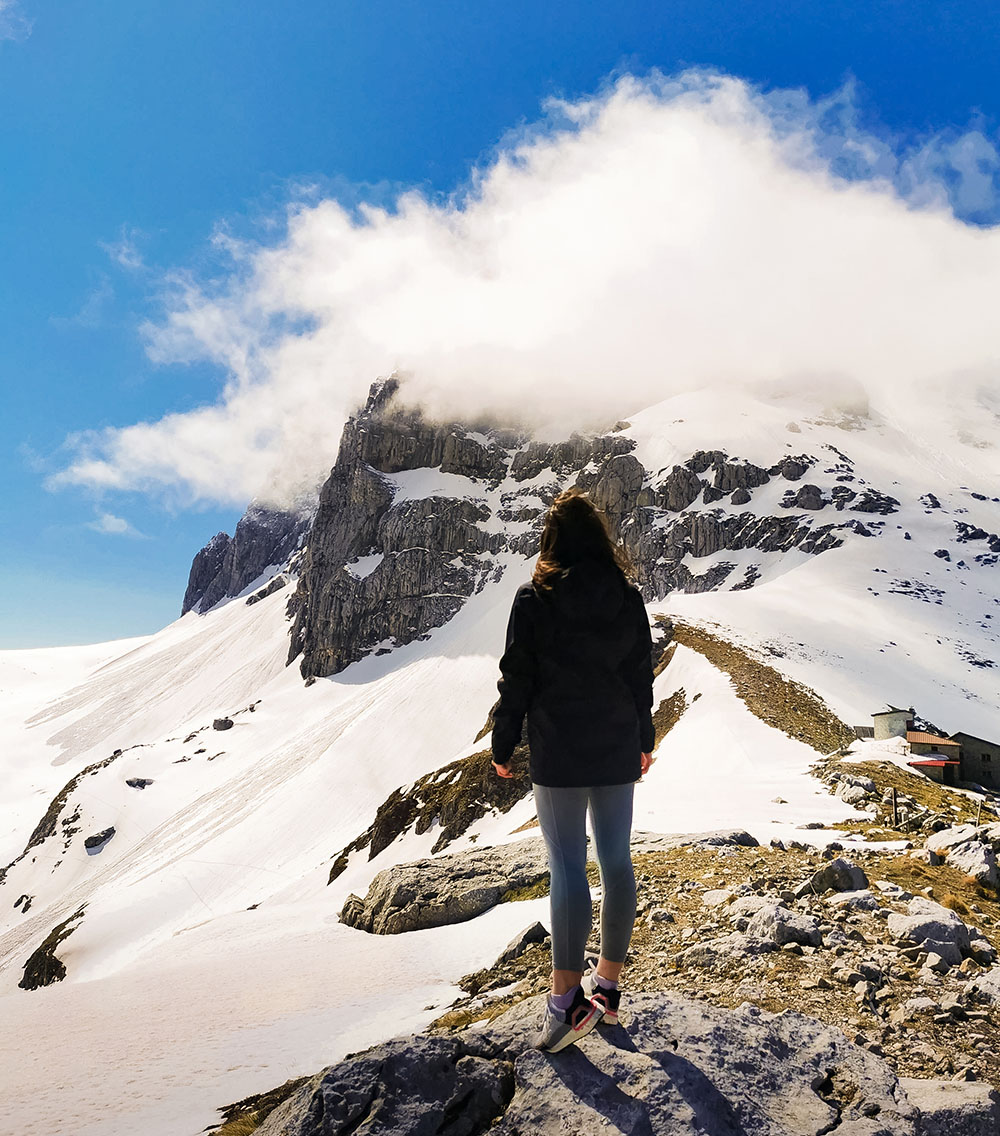
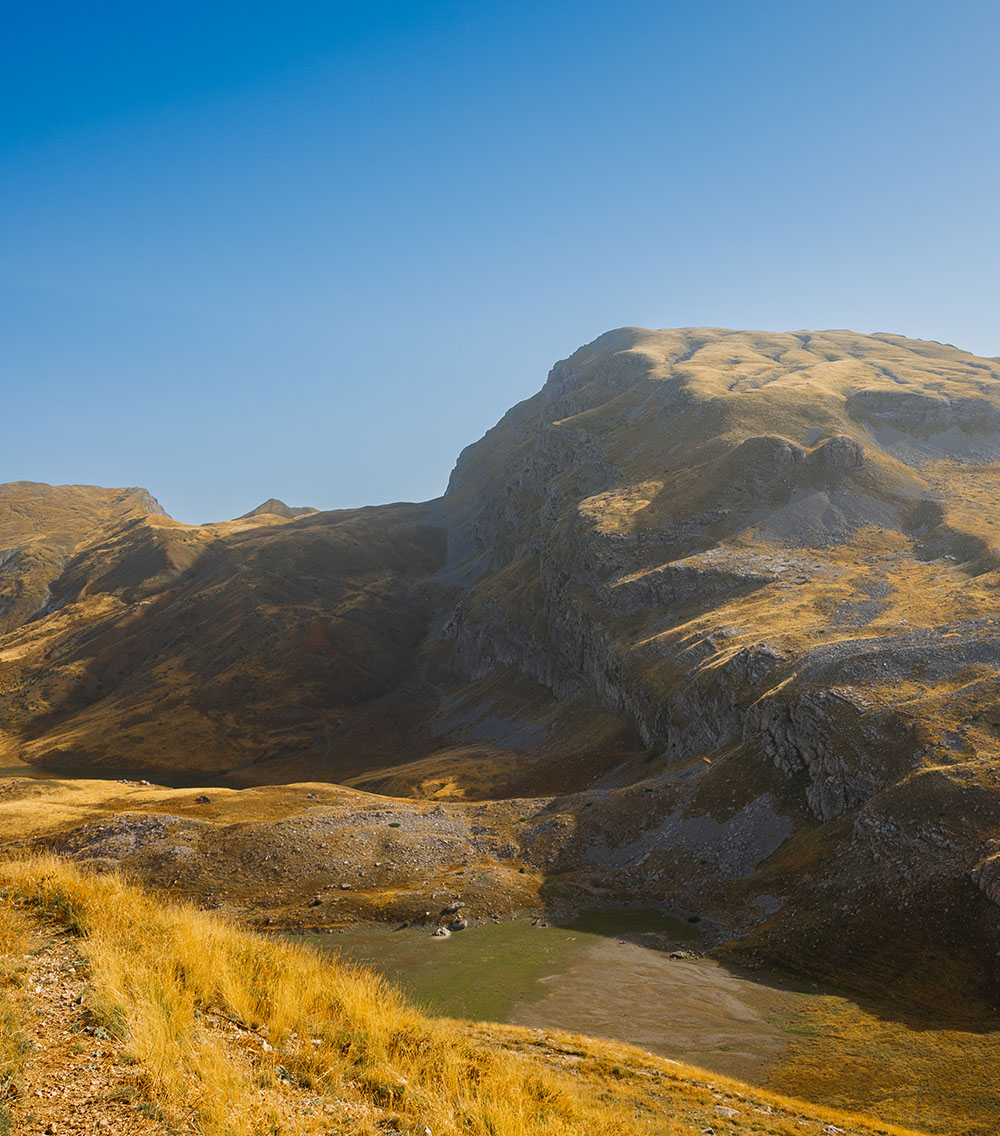
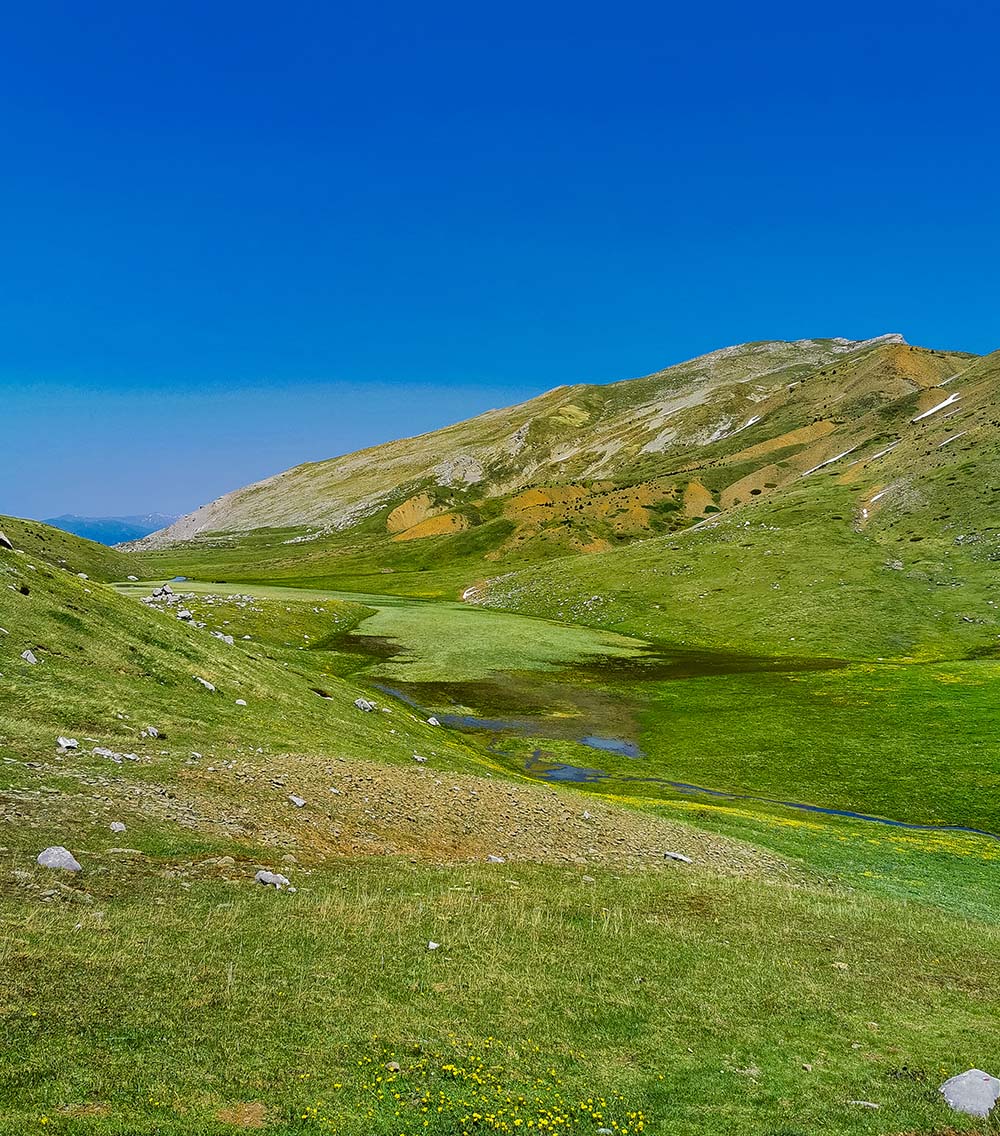
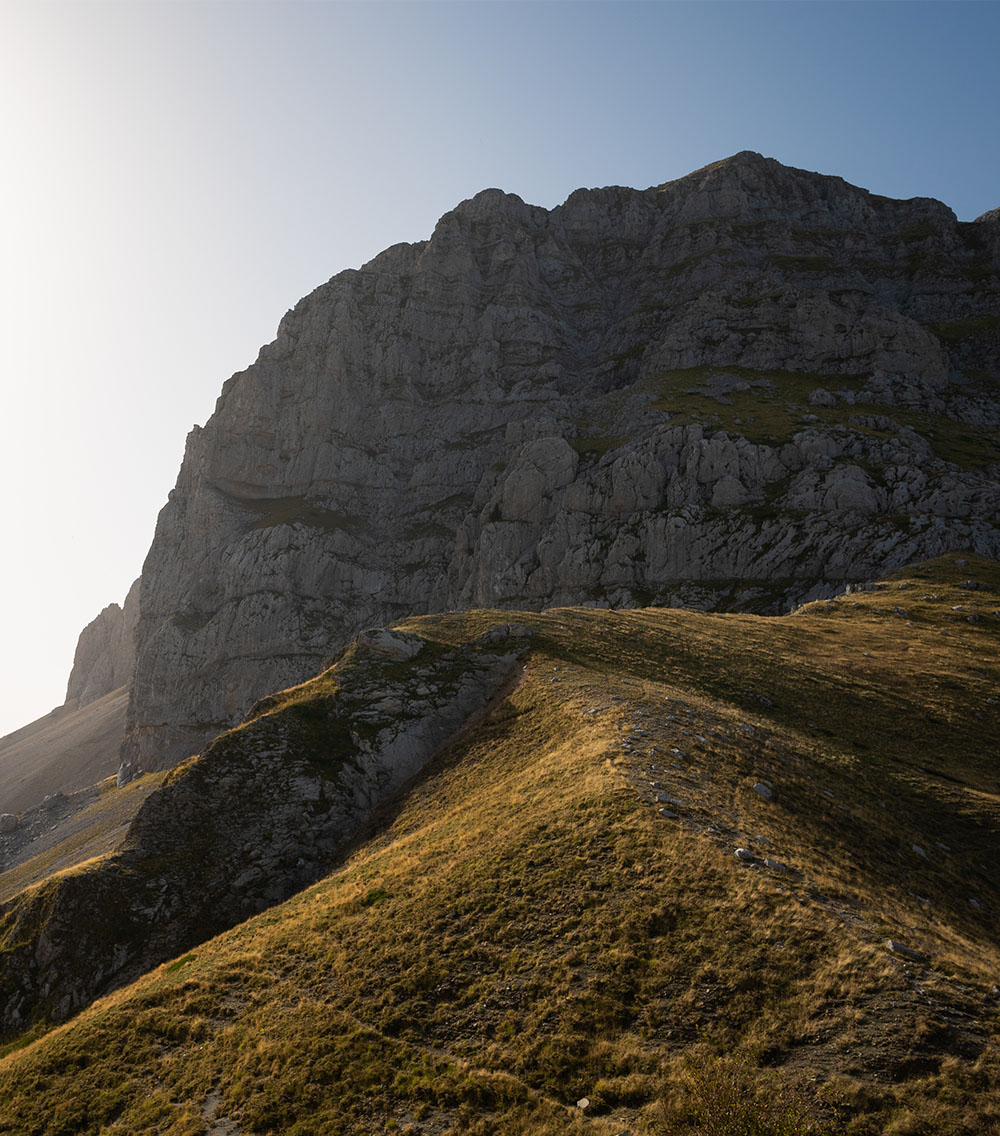



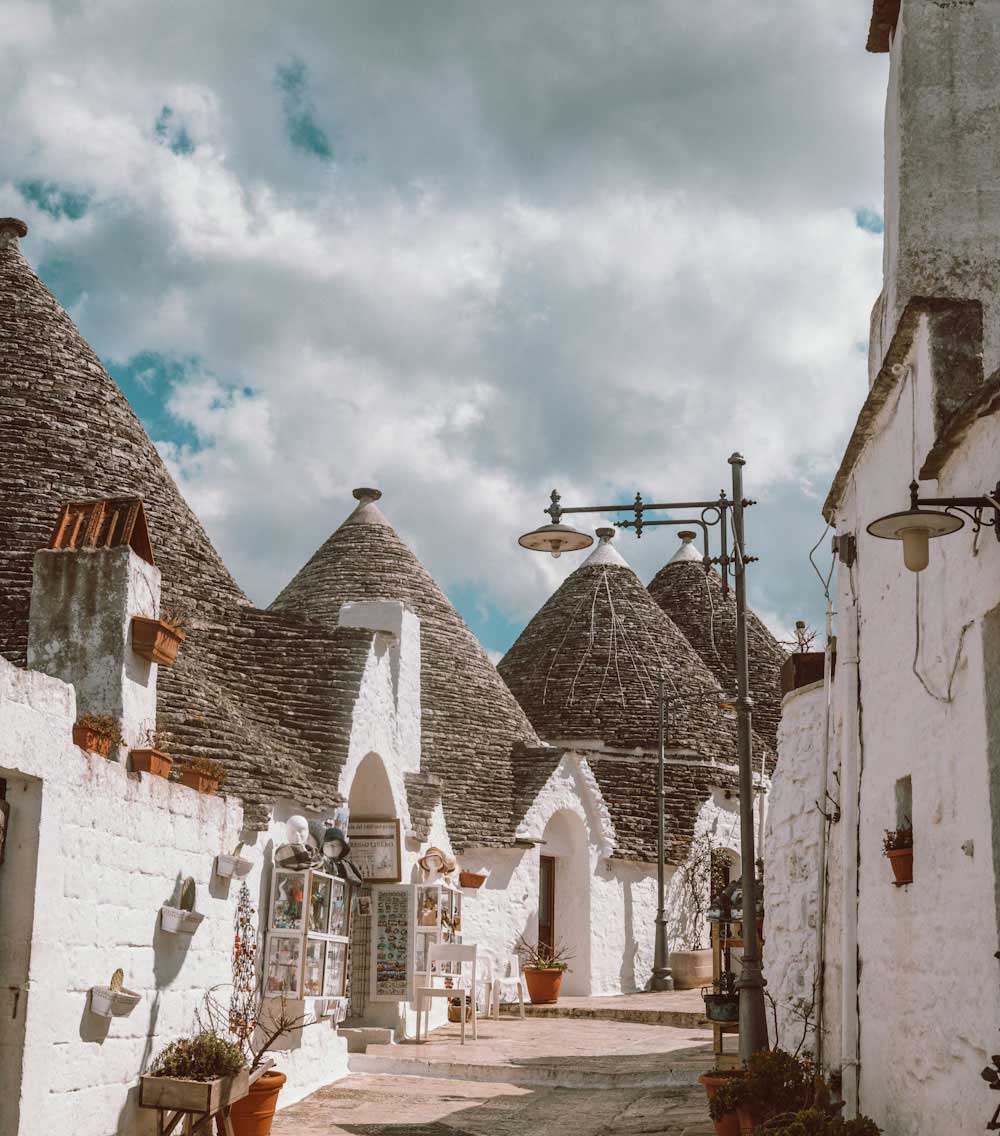
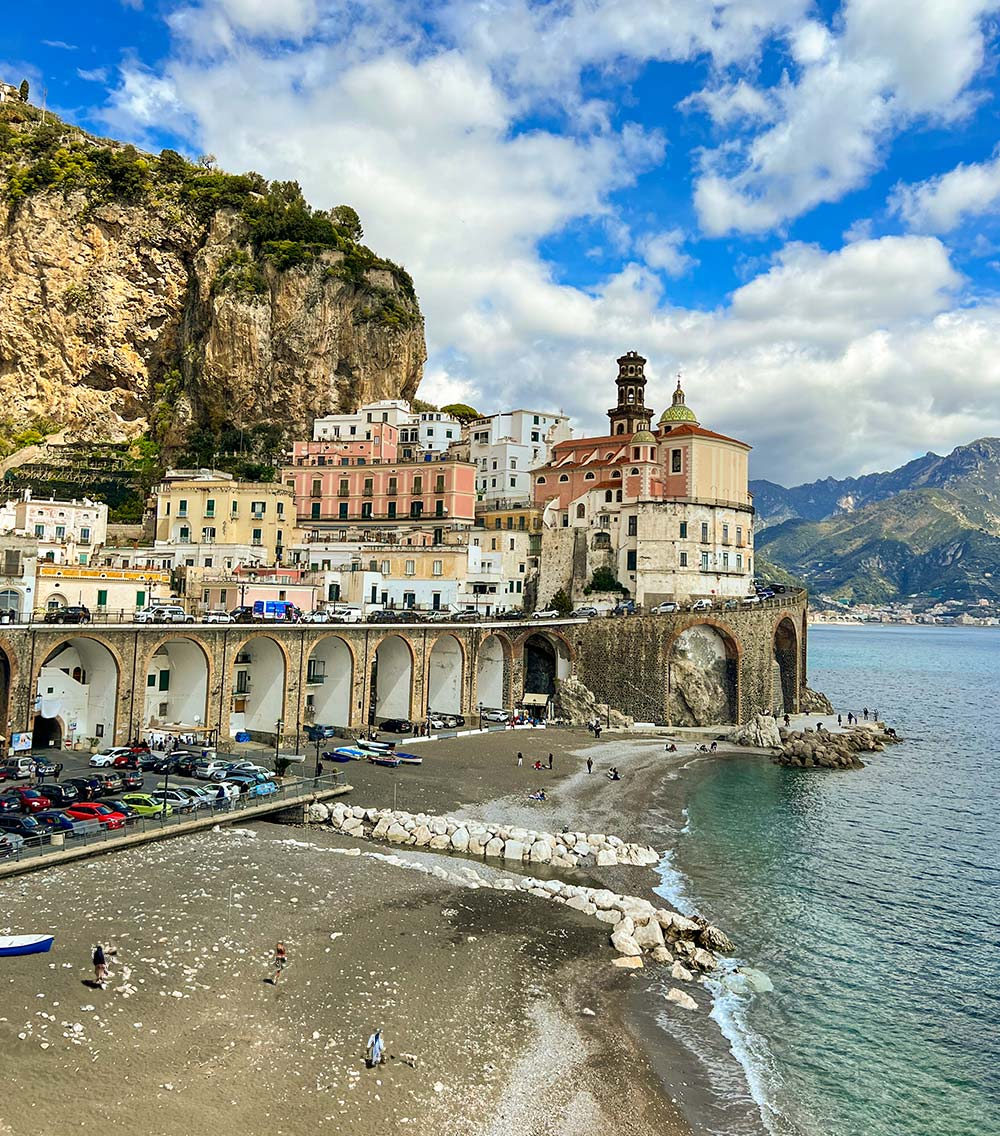
No Comments